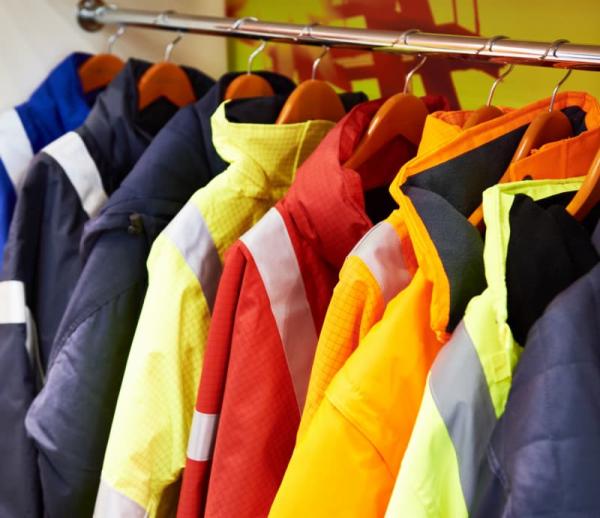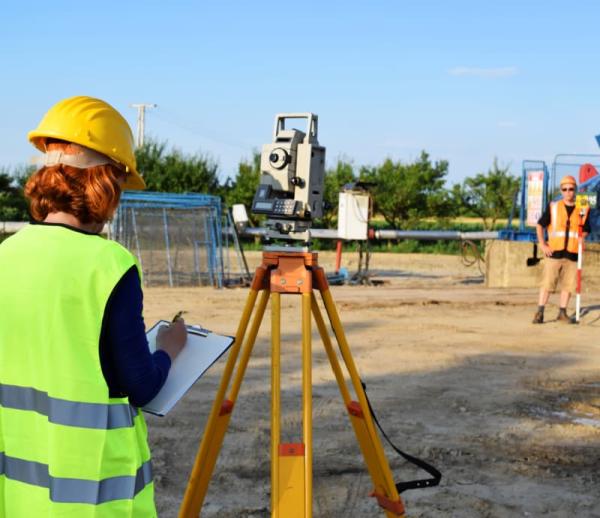What is heat stress?
Heat stress is the term for what happens when the body cannot cool itself sufficiently through sweating, which leads to an increase in core temperature. This condition can be aggravated by high environmental temperatures, humidity, physical activity, and particularly heavy clothing clothing. When the body’s natural cooling mechanisms fail to keep up with external and internal heat production, that can then lead to various heat-related illnesses, including (but very much not limited to) heat exhaustion and heat stroke.
Heat stress can affect anyone, but obviously it can disproportionately affect people working in industries where they’re often outdoors, such as construction, agriculture, and manufacturing. The consequences of severe heat stress can be severe, so it’s crucial to be proactive in coming up with (and implementing) preventative strategies to protect your team.
The key symptoms of heat stress
Heat stress doesn’t come from nowhere – most people will start exhibiting noticeable symptoms. If you know what to look for, that can make all the difference in protecting them and preventing their case from worsening. So with that in mind, it’s a good idea to train your team to look out for:
- Heat rash: Also known as prickly heat, this manifests as red, itchy skin and is often the first sign of the body struggling to cope with heat.
- Heat cramps: These are painful muscle cramps, usually in the abdomen, arms, or legs, caused by loss of salt and water through excessive sweating.
- Heat exhaustion: Symptoms include heavy sweating, weakness, dizziness, nausea, headache, and rapid heartbeat. If not addressed promptly, heat exhaustion can progress to heat stroke.
- Heat stroke: This is a medical emergency characterised by a high body temperature (above 40°C), hot and dry skin, confusion, loss of consciousness, and potential seizures. In these instances, immediate medical attention is absolutely crucial.
If you notice any of your team experiencing these symptoms, you’ll need to ensure that they stop working immediately, move to a cooler environment, and drink plenty of fluids. In severe cases, don’t hesitate to seek medical advice or assistance.
Useful preventative measures to protect your team
While you won’t be able to control the weather, the good news is that there are a number of preventative measures you can take to protect your team. Here are some of the most reliably effective methods:
- Use engineering controls. There are a variety of ways you can modify the work environment to reduce heat exposure. This can include improving ventilation, using fans, and installing air conditioning in indoor spaces. For outdoor workers, make sure to provide shaded areas and cooling stations.
- Work schedules. If possible, it’s a good idea to adjust work schedules to avoid the hottest parts of the day, and implement rest breaks in cool, shaded, or air-conditioned areas. Again, if you’re able, you may wish to rotate job functions to minimise prolonged exposure to heat.
- Hydration. Regular water intake is one of the most critical ones, so don’t forget to provide easy access to cool drinking water and give your team the means to hydrate frequently, even if they don’t necessarily always feel thirsty.
- Training. Educating employees about the risks of heat stress can go a long way, especially if you have any particularly young team members. It’ll need to cover the importance of hydration, and the early symptoms of heat-related illnesses. Training should also cover first aid measures for heat stress.
- Appropriate workwear. As we’ve touched on above, it can be really helpful to ensure that employees wear lightweight, breathable, and light-coloured clothing. Specially designed workwear that wicks away sweat and allows for better air circulation can significantly reduce heat stress risks. Personal protective equipment (PPE) should be selected with consideration of its heat impact.
And of course, if you’re looking for new workwear for your team, you’re in exactly the right place. At City Workwear, we have a huge range of garments to choose from – ranging from T-shirts and polo shirts and sweatshirts. We also offer bespoke workwear – all of our customisations are done in-house using our experienced team of designers and print machinists, so you can liaise directly with us to get exactly what you’re looking for. We also provide a FREE workwear printing and embroidery service and FREE delivery for orders over £150!
Feel free to take a look around our website to see what you can find, or alternatively give our team a call on 0330 004 0440, and we’ll be happy to help however we can!






